Determining if an appraisal is the right route for a claim is important because once an appraisal is set, it carries a lot of weight.
“One of most difficult things to do is to vacate an appraisal award,” said Michelle Burton, managing partner of the San Diego-based Shoecraft Burton law firm, at the Combined Claims Conference held recently in Long Beach, Calif.
During the session on the pitfalls of the property appraisal process, presenters discussed the importance of carefully evaluating whether appraisal is appropriate for a particular claim.
According to the insurance coverage and litigation attorney, although the California insurance code section 2071 (a) states that an appraisal can be invoked by either party, she suggested reviewing the appraisal clause within the policy. It will typically track the insurance code; however, there will be different time limitations applicable once an appraisal comes in.
Cliff Alexander, branch manager and property director for Koning & Associates, a multiline insurance adjusting company located in San Jose, provided some red flags indicating that a claim is headed to appraisal:
- Insured makes unreasonable demands at the outset of a claim
- Public adjuster or attorney is retained at the outset of a claim
- Insured threatens legal action at the outset of a claim
- Significant differences exist in scope and amount of loss between adjuster and insured
- Inability to obtain an agreement on the scope of damages
- Pre-existing damages are claimed as part of the loss
- Late reporting jeopardizes investigation/adjustment of claim
- Emergency repairs/services are under way prior to reporting of the claim
- Contractors/experts retained by insured have history of being difficult to deal with
- Lack of experts, documentation, etc., to support damages claimed
- Significant code upgrades claimed when little or none appear to be required
- Lengthy period of restoration not supported by adequate documentation -Significant business income(BI)/additional living expense (ALE) claimed without supporting documentation and/or Business personal property (BPP)/contents loss poorly supported
William Bruce Reid, founder and president of Associated Construction Services Inc., a damage assessment consulting company in the Southwest, said that differences between estimates could be due to something as simple as building code changes.
“After a major disaster, [building] codes tend to change,” Reid said.
Action Plan Necessary
Once it’s clear that there will be a dispute on the value of a claim, Alexander said an adjuster should immediately discuss the issues with his or her supervisor, identifying the areas of disagreement. Together they should develop an action plan to deal with the issues and identify early on potential experts needed to assist in resolving claims, he said. In addition, they should schedule a meeting or conference call to discuss individual expert assignments.
While the issues are explored by experts, the adjuster should maintain regular contact with the insured, putting all requests in writing as well as providing written updates, he said.
“A paper trail is critical as a claim moves to potential appraisal or litigation,” Alexander said.
If the insured fails to cooperate with documentation requests, Alexander said the adjuster should consider an examination under oath.
Once experts have formulated an opinion, Alexander recommended having them prepare written reports prior to the appraisal.
He also said it is critical that all experts have access to each other’s reports.
Burton said that when requesting an appraisal, the request must be made in writing. Courts consider it to be mandatory, she said. She recommended adjusters consult a coverage attorney when in doubt.
Once an appraisal is demanded, according to Burton, an adjuster should do the following:
- Determine what issues are in dispute;
- Discuss potential strategies;
- Finalize aspects of claim not in dispute;
- Develop a list of potential appraisers based upon issues in dispute;
- Determine local coverage counsel to assist;
- Evaluate whether additional experts/inspections are needed prior to acceptance of the appraisal demand
The duties of the parties once an appraiser is involved, according to Burton, include responding and reviewing the demand and disclosures in a timely manner, evaluating whether to challenge the appointed appraiser in a timely manner and maintaining communication with all appropriate parties involved.
In California, this means maintaining 30 day status letters to the insured. The presenters said adjusters can’t allow a claim to linger. Adjusters should continue to document the claim file, they said.
Appraiser Selection Process
Reid recommended that when selecting an appraiser, an adjuster should look for an appraiser who is competent and disinterested while knowledgeable of the loss. The appraiser can have a prior business relationship with either party; however, it can’t be substantial, according to the California case of Mahnke et al. v. Superior Court.
Above all, adjusters should not object to the selection of the umpire until the appraisers are selected and disclosures have been sent out, he said, because doing so may be considered an attempt to tamper with the process. In addition, if the insured has a public adjuster, he or she has a right to be a part of the appraisal process.
Reid said the duties of an appraiser include full disclosure, copying in of all parties on hard copy documents regarding meetings, inspections, etc., as well as providing a timely estimate.
Proper disclosure by appraisers includes full disclosure of all work done with any of the parties for the past five years, Reid said. This disclosure requirement applies to umpires as well. He recommended making a request for exchange of disclosures at the outset of the appraisal process.
That’s because, according to Burton, any challenges to a selected appraiser must be done immediately after the appointment process.
Some grounds for disqualification of an appraiser or umpire include pre-evidentiary knowledge of the claim, a financial interest in the outcome, bias or prejudice towards another appraiser/umpire and if full disclosure was not provided.
Reid indicated that it takes approximately 60 days to appoint an appraiser — that’s if everything goes well. He cited a case he is working on that is four months into the umpire selection process. Appraisers are required to select umpires, Reid said, and have 20 days to do so, according to Burton.
The last but maybe most important tip the presenters offered during the hour long session was a warning on selecting the venue where the appraisal will take place. This is where a petition regarding the award will have to be filed or where a breach of contract/bad faith case could be filed against the insurer.
“You need to be aware wherever it goes forward, that is the venue,” Burton said.
Was this article valuable?
Here are more articles you may enjoy.

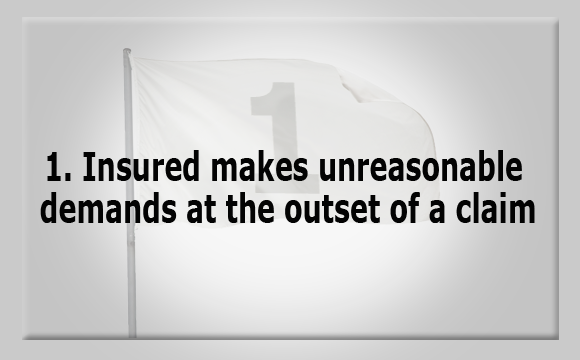
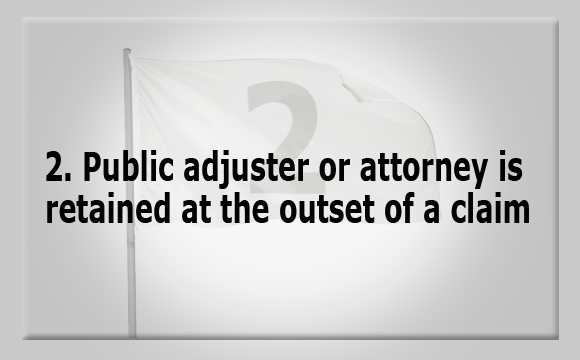
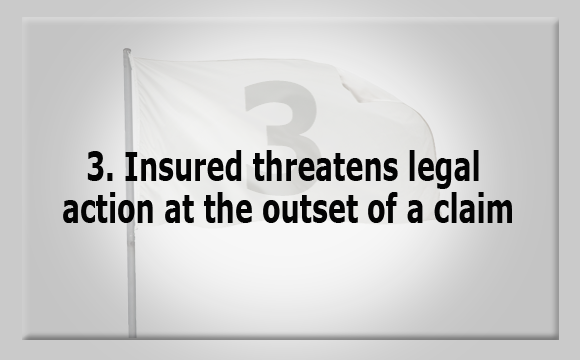
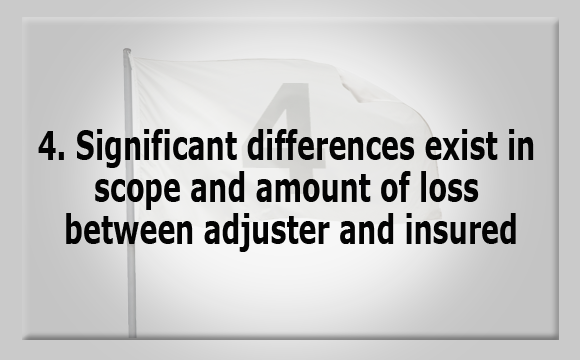
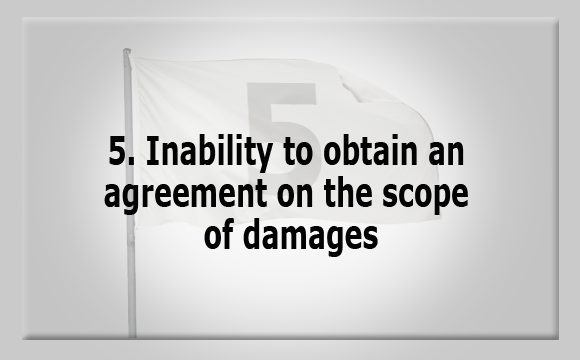
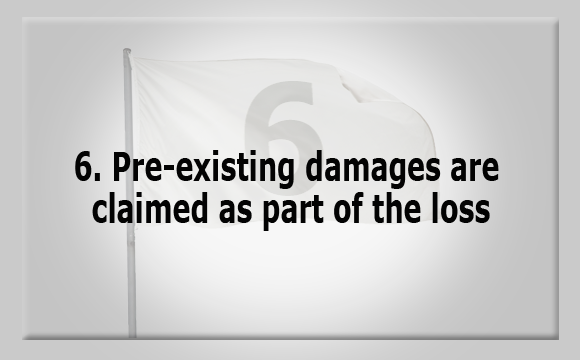
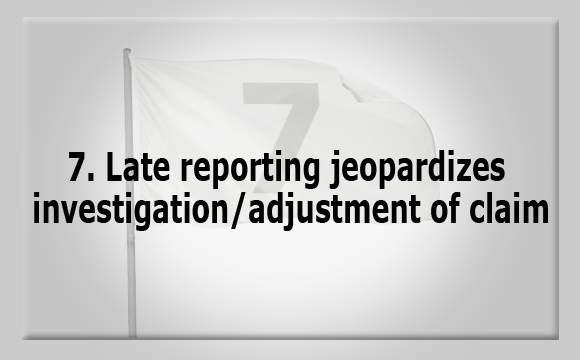
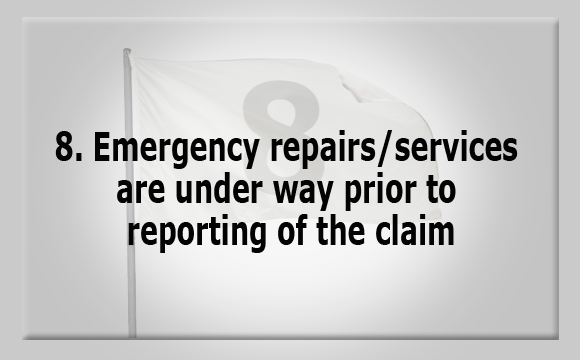
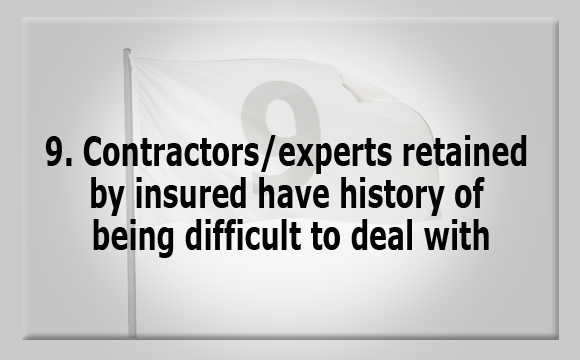
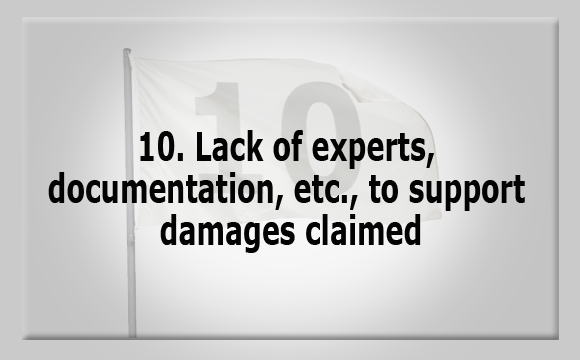
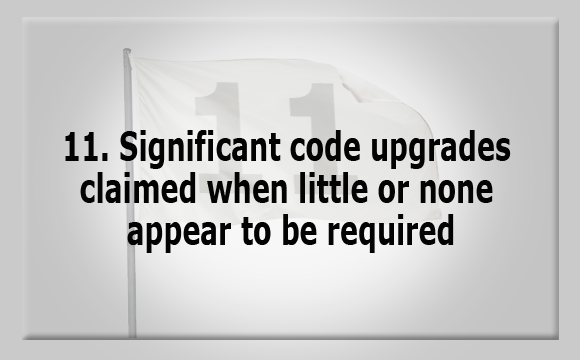
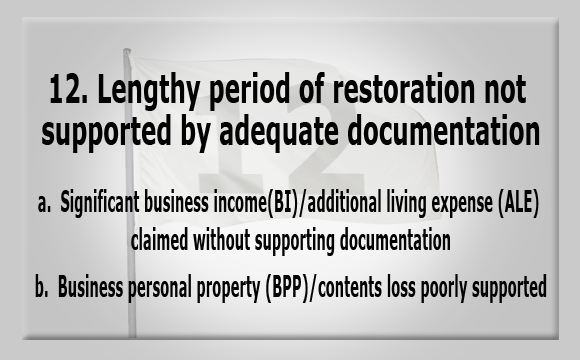
 NYC Sues Delivery App Over Lost Pay in New Mamdani Crackdown
NYC Sues Delivery App Over Lost Pay in New Mamdani Crackdown  US Lawmaker Unveils Bill Requiring Manual Car-Door Releases
US Lawmaker Unveils Bill Requiring Manual Car-Door Releases  First Brands Judge Approves Examiner to Probe Fraud Allegations
First Brands Judge Approves Examiner to Probe Fraud Allegations  OpenAI And Microsoft Sued Over Murder-Suicide Blamed on ChatGPT
OpenAI And Microsoft Sued Over Murder-Suicide Blamed on ChatGPT 